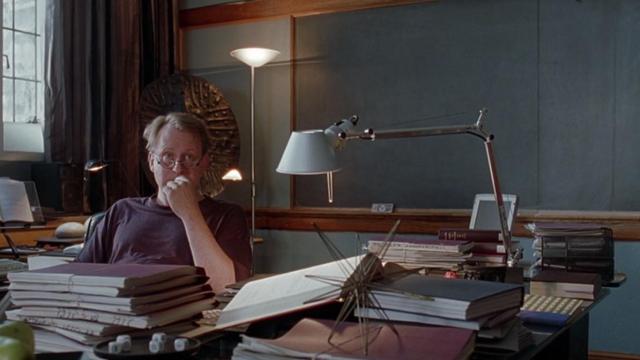Listen to me, a professional writer: School and university teach you bad writing habits. One of those bad habits is padding out your work to reach a minimum page count. Anything you do to “cheat” at your page count, by making less text look like more, is an act of noble rebellion. And the new font Times Newer Roman is an excellent, hard-to-detect tool for padding.
Digital agency MSCHF meticulously designed Times Newer Roman to take up more space without looking obviously different from Times New Roman. So if you hand in a paper with this typeface, it will look just like all the other papers, and your teacher or professor is very unlikely to notice anything. That’s a huge advantage over other padding techniques like extra-wide spacing or a bigger type size, which become obvious when placed next to properly formatted text.
MSCHF designed the font by tweaking the free font Nimbus Roman No. 9, which looks extremely similar to Times New Roman. MSCHF’s designers carefully widened the letters and enlarged punctuation to make the text slightly wider. In their words, they “widened specific letters along the x-axis where it’s least noticeable while maintaining stroke width and harmonious curve modelling.” The differences are so subtle that you can look at the same text in the two fonts, see that one takes up more space, and still not figure out how.
You can use this on any paper that you print or export into PDF. But it won’t work if you’re handing in a Word doc, as Word won’t embed the font unless the recipient has already installed that font on their computer. And you probably shouldn’t hatch an elaborate plan to secretly install fonts on your professor’s computer. At that point you should probably just tack on a few paragraphs of bullshit.
Of course, if you’re submitting the paper electronically there’s a chance that the marker will check the exact word count. But with upwards of 50 papers to mark, they generally won’t bother. As long as you have the right page count you should be fine.
There are many agencies that try to create “viral” internet projects, but MSCHF is one of the few that makes actually useful and funny tools. Michelle Woo previously covered MSCHF’s Tabagotchi Chrome extension, built to advertise the office-share company Breather.
They also made an app for tracking morning boners, and an awkward conversation generator for the Amazon Echo. Times Newer Roman isn’t made for any sponsor; the only things it’s advertising are MSCHF itself, and the inanity of page minimums.
Times Newer Roman | MSCHF

Comments
3 responses to “Make Your Essays Look 10% Longer With This Sneaky Font”
First thought, this is kinda cool, but then looking at their 208 word comparisons, sadly Time Newer Roman actually looks like it’s using a larger font.
Maybe that’s just with a side by side comparison of the same text, but I’m kinda doubtful it will be any different if using different text.
End result – you still look like you’re trying to pad something with a larger font.
Ok, scratch that.
In their fully zoomed in state, comparing the two blocks of text at their natural size, Times Newer Roman does indeed look exactly the same as Times New Roman.
Well done.
For a professional writer your grammer is pretty poor.
Starting a sentence with “And”?
That just doesn’t sound right either.